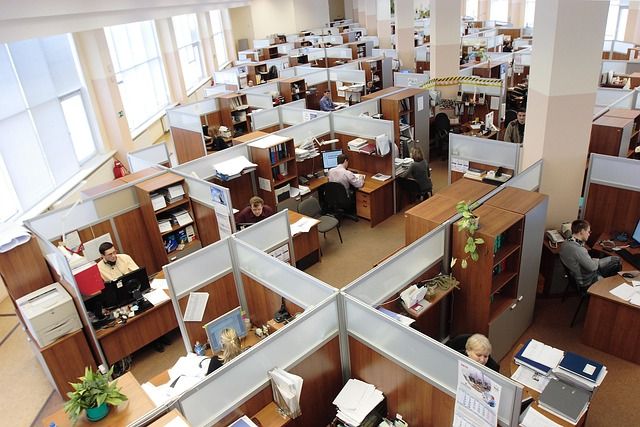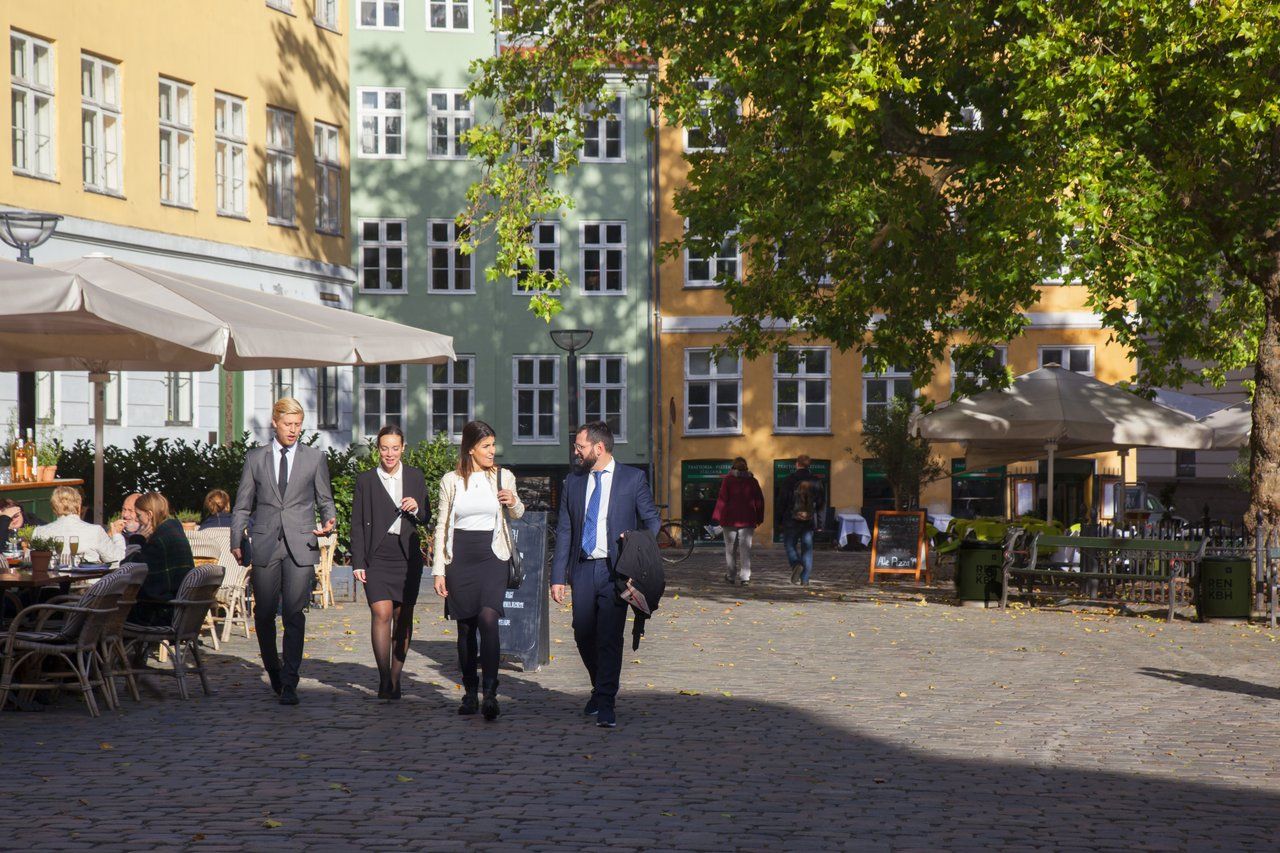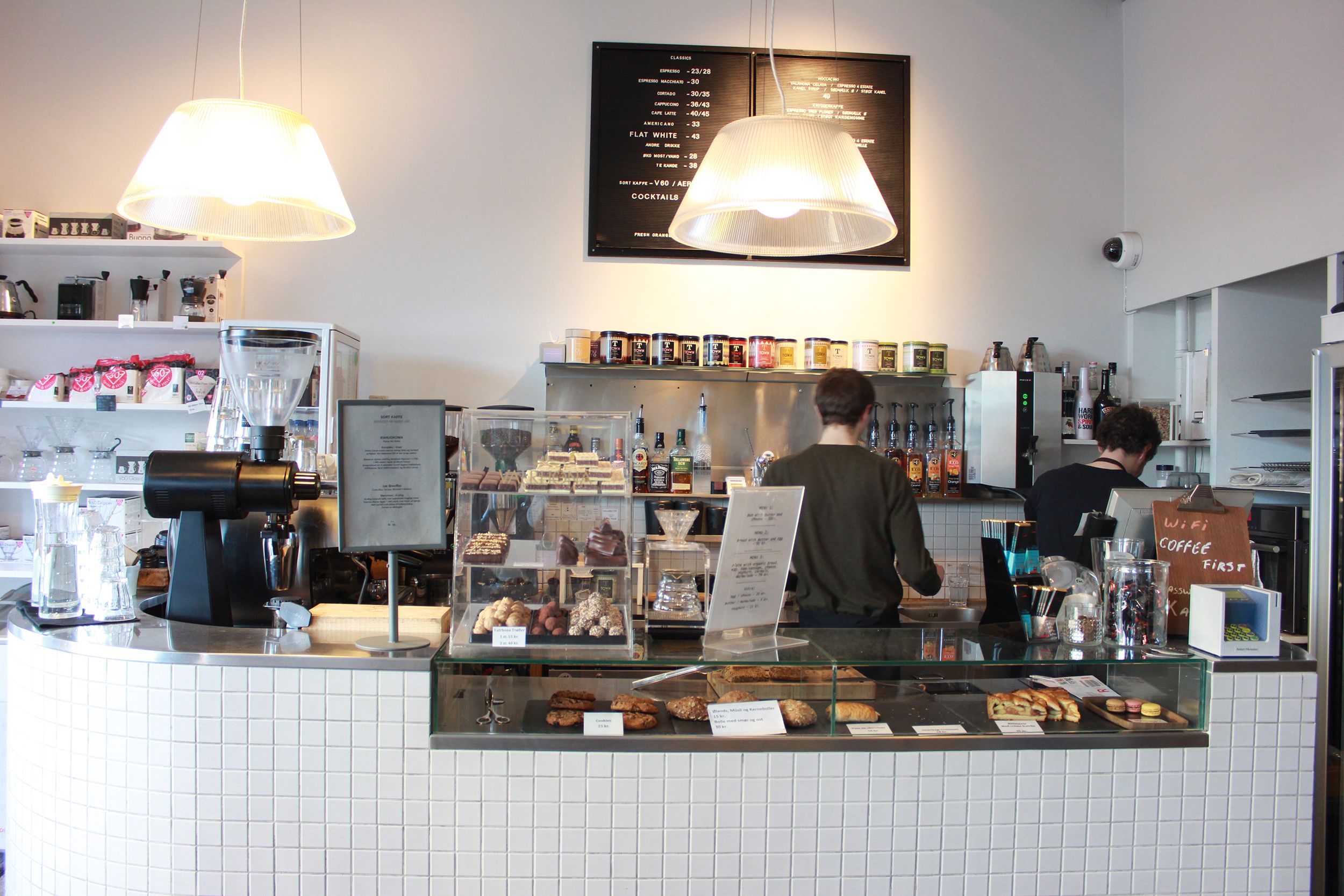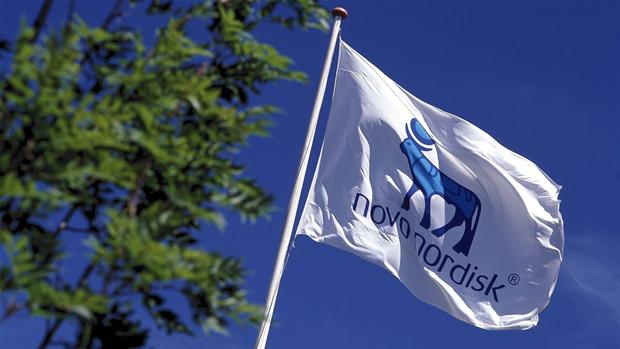Alexander Pushkin wrote the poem The Golden Cockerel in 1834. The Russian composer Nikolai Rimsky-Korsakov set it to music and – after a censorship dispute – it was first performed as an opera in 1909. Sergei Diaghilev’s famous Ballets Russes then premiered the piece as an operatic ballet (with both a singer and a dancer assigned to each role) in Paris 1914 – a version that would stir up the discontent of Rimsky-Korsakov’s widow. So much so that it had to be removed from the repertoire. Yet, it bloomed afresh in 1937 in another lavish Ballets Russes production. And a new staging based on this second production is about to open the autumn season of the Royal Danish Ballet.
The tale of the piece with the colourful history goes something like this: the ageing King Dodon receives a magic golden cockerel from his astrologer. Dodon is delighted by this gift, which is said to indicate if enemies are approaching his kingdom, and from what direction. In return, he promises the astrologer to grant him any wish. When the cockerel begins to crow, King Dodon sends his two sons into war to defeat the enemy. Before they return, the cockerel crows again, inciting Dodon himself to lead his army into the indicated direction. The king finds his two sons dead, but forgets his sorrow quickly when he lays eyes on the dazzling Queen of Shemakhan. He offers her his crown and sceptre and leads her back to his kingdom. But before long, the astrologer turns up and claims the queen as his reward. Pushed into a corner, the king kills the astrologer, whereupon – in a final stroke of light-heartedness à la russe – the golden cockerel slays Dodon. Some versions then revive the astrologer and reunite him with the Queen of Shemakhan.
And what’s the moral of the story? Always keep your promises, perhaps. “Maybe not to want things too badly of which you can’t see the consequences,” suggests Alexei Ratmansky, the choreographer.
The Royal Danish Ballet has succeeded in engaging its former member Ratmansky to choreograph new movements for the story ballet. Copenhageners might remember the 44-year-old Russian from his time as a dancer at the company, and later on as the choreographer of the 2000 season’s Nutcracker and the 2004 season’s Anna Karenina. Since leaving Denmark, Ratmansky has served as the director of Moscow’s Bolshoi Ballet and has choreographed for most of the major classical companies worldwide. He is currently choreographer in residence at the American Ballet Theatre.
But – following in the tradition of the Ballets Russes – dancing is not the exclusive focus of the Royal Danish Ballet’s Golden Cockerel. In the Paris of the early 20th century, impresario Diaghilev matched his troupe’s outstanding dancers and choreographers – Vaslav Nijinsky, Bronislava Nijinska or Michel Fokine – with the most innovative composers and visual artists of the time. Maurice Ravel, Eric Satie, Sergei Prokoviev and – especially – Igor Stravinsky all worked for the Ballets Russes, as did Joan Mirò, Pablo Picasso and Henri Matisse. For The Golden Cockerel, Diaghilev commissioned the Russian futurist artist Natalia Gontcharova to design the set and costumes. Gontcharova was also responsible for the richly decorated and extraordinarily colourful redesign in 1937.
It is these costumes that the set and costume designer Richard Hudson has now copied for the Royal Danish Ballet. And while the 2012 costumes, at a quick first glimpse, don’t dazzle in the same way as the originals in the collection of Stockholm’s Dance Museum continue to do after almost 100 years, they’re still spectacular. It promises to be a visually appealing performance.
Those interested in more original work by Hudson don’t need to wait for long: the Tony Award winner is also designing La Bayadère, which premieres in November.
The Golden Cockerel
(Den gyldne hane)
Store Scene, Operaen, Ekvipagemestervej 10, Cph K; ends Oct 26, performances at 20:00 on Sat, Tue, Sep 22, Sep 26, Sep 28, Oct 2, Oct 4, Oct 6, Oct 8, Oct 11, Oct 13, Oct 24, Oct 26; tickets 95-795kr; introduction 45 mins before every performance in the foyer by the first floor bar (in Danish); www.kglteater.dk













